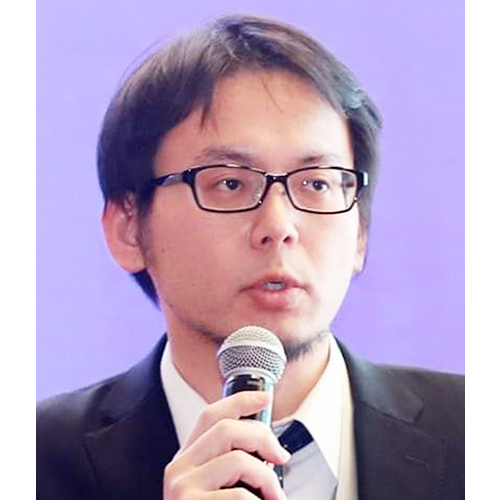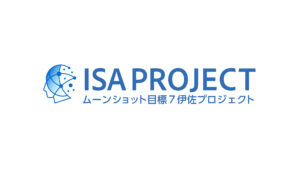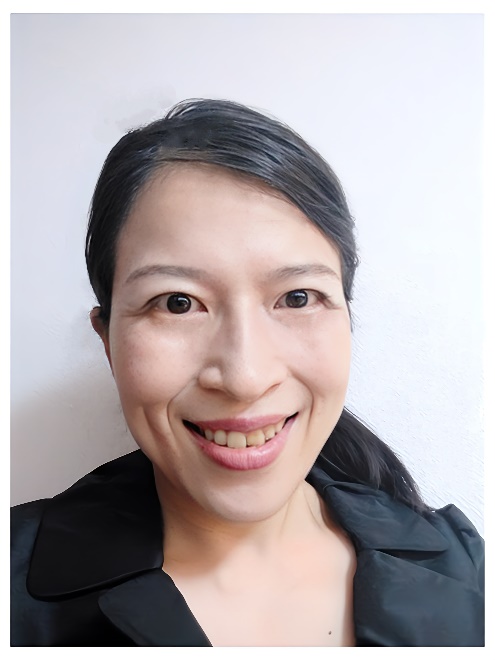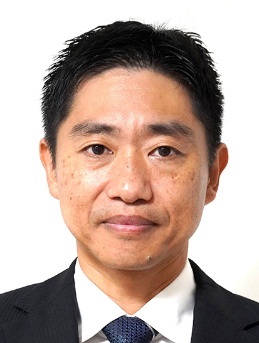Reona Yamaguchi

氏名Name
Reona Yamaguchi
所属・職名Affiliation, Title, etc.
Division of Neurobiology and Physiology, Department of Neuroscience, Graduate School of Medicine in Kyoto University, Assistant Professor
Institute for the Advanced Study of Human Biology (WPI-ASHBi), Kyoto University, Project-specific Assistant Professor
研究室HPWebsite
一言メッセージShort Message
本プロジェクトでの研究概要Outline of the research in this project
The brain is composed of numerous neurons, which form neural circuits by connecting with each other. Our brain possesses a remarkable ability called plasticity, which allows it to flexibly adapt by reorganizing neural connections and modifying its activity in response to different situations. When the central nervous system is damaged due to conditions such as stroke or spinal cord injury, rehabilitation can help restore lost motor functions to some extent. This recovery process is thought to be driven by significant plasticity in the brain.
Our recent research has revealed that, during the rehabilitation process in a spinal cord injury model, brain regions that were not previously considered to be involved in motor control can contribute to functional recovery. This type of brain plasticity may also have potential applications in the prevention and treatment of neurodegenerative diseases, such as dementia.
In this project, we aim to clarify the genetic networks and mechanisms underlying brain plasticity and functional recovery. Additionally, in collaboration with other research groups, we will investigate strategies to enhance the brain’s resilience and evaluate their effectiveness using non-human primates.

これまで主な研究内容Outline of main research so far
"Development of Neural Mechanisms and Neural Circuit Manipulation Technology for Motor Function Recovery from Spinal Cord Injury"
Currently, we are investigating the mechanisms underlying the recovery of dexterous motor functions using a primate spinal cord injury model. Our previous research has shown that when the unilateral corticospinal tract is damaged, the ipsilateral premotor cortex, which typically plays a minor role in motor control, exhibits increased activity. However, it remained unclear whether this increase in activity actually contributed to motor function recovery.
To address this question, we injected different viral vectors into the premotor area of monkeys and used chemical genetics to reversibly inhibit only the neurons that project from the premotor area on the opposite side of the injury to the premotor area on the same side of the injury. This approach allowed us to selectively and reversibly inhibit only the neurons projecting from the contralesional premotor cortex to the ipsilesional premotor cortex using chemogenetic techniques.
Our findings revealed that when this interhemispheric pathway was disrupted in the early stages of recovery, the previously restored motor functions deteriorated once again. This indicates that the ipsilesional premotor cortex, which is not normally involved in direct motor control, becomes functionally active after injury and plays a crucial role in promoting motor recovery.


主な経歴・受賞歴等Career, Awards, etc.
Career
- 2016
- Graduate School of Science and Engineering, Kagoshima University, Ph.D., Systems and Information Science
- 2016-2017
- Senior Fellow, Washington Primate Center, Department of Physiology and Biology, University of Washington
- 2017-2019
- Project-specific Assistant Professor, Department of Neurobiology, Graduate School of Medicine, Kyoto University
- 2019-2024
- Project-specific Assistant Professor, Advanced Institute of Human Biology, Kyoto University Graduate School of Medicine (WPI-ASHBi)
- 2024-
- Assistant Professor, Department of Neurobiology, Graduate School of Medicine, Kyoto University
Invited Lectures
Taishan Academic Forum -2019 International Conference in Cognitive Neuroscience and Brain Diseases
主要業績Major Publications
Ueno S, Yamaguchi R, Isa K, Kawasaki T, Mitsuhashi M, Kobayashi K, Takahashi J, Isa T (2024) Supraspinal Plasticity of Axonal Projections From the Motor Cortex After Spinal Cord Injury in Macaques. Journal of Comparative Neurology 532.
https://doi.org/10.1002/cne.70007
Mitsuhashi M, Yamaguchi R, Kawasaki T, Ueno S, Sun Y, Isa K, Takahashi J, Kobayashi K, Onoe H, Takahashi R, Isa T (2024) Stage-dependent role of interhemispheric pathway for motor recovery in primates. Nat Commun 15:6762.
https://doi.org/10.1038/s41467-024-51070-w
Sasaki R, Ohta Y, Onoe H, Yamaguchi R, Miyamoto T, Tokuda T, Tamaki Y, Isa K, Takahashi J, Kobayashi K (2024) Balancing risk-return decisions by manipulating the mesofrontal circuits in primates. Science 383:55-61.
https://doi.org/10.1126/science.adj6645
Takakuwa N, Isa K, Yamaguchi R, Onoe H, Takahashi J, Yoshida M, Isa T (2023) Protocol for making an animal model of “blindsight” in macaque monkeys. STAR protocols 4:101960.
https://doi.org/10.1016/j.xpro.2022.101960
Ohta Y, Guinto MC, Tokuda T, Kawahara M, Haruta M, Takehara H, Tashiro H, Sasagawa K, Onoe H, Yamaguchi R, Yoshinori K, Kaoru I, Tadashi I, Kenta K, Yasemin MA, Metin A, Jun O (2021) Micro-LED array-based photo-stimulation devices for optogenetics in rat and macaque monkey brains. IEEE Access 9:127937-127949.
https://doi.org/https://doi.org/10.1109/ACCESS.2021.3111666
Okamura J-y, Oshima J, Yamaguchi R, Yamashita W, Wang G (2020) An intrinsic algorithm for viewing angle tolerance of object discrimination in human subjects. Canadian Journal of Experimental Psychology/Revue canadienne de psychologie expérimentale 74:73.
https://doi.org/10.1037/cep0000188
Yamaguchi R, Okamura J-y, Wang G (2016) Dynamics of population coding for object views following object discrimination training. Neuroscience 330:109-120.
https://doi.org/10.1016/j.neuroscience.2016.05.039
Okamura J-y, Yamaguchi R, Honda K, Wang G, Tanaka K (2014) Neural substrates of view-invariant object recognition developed without experiencing rotations of the objects. Journal of Neuroscience 34:15047-15059.
https://doi.org/10.1523/jneurosci.1898-14.2014



